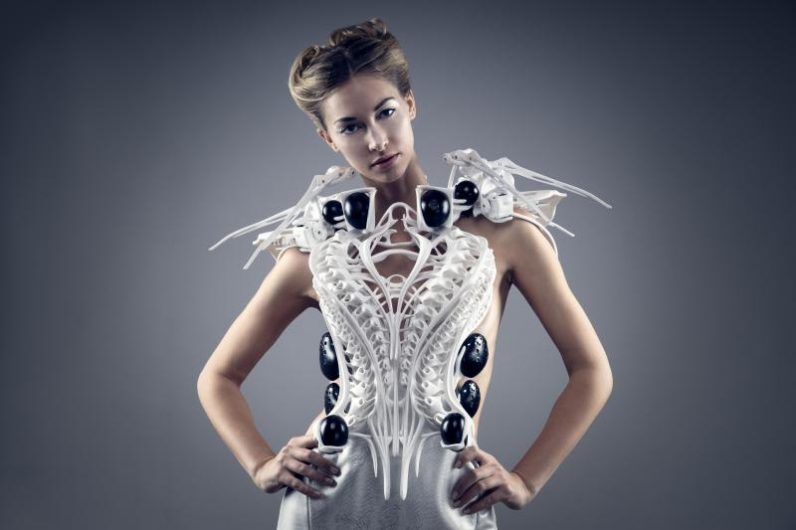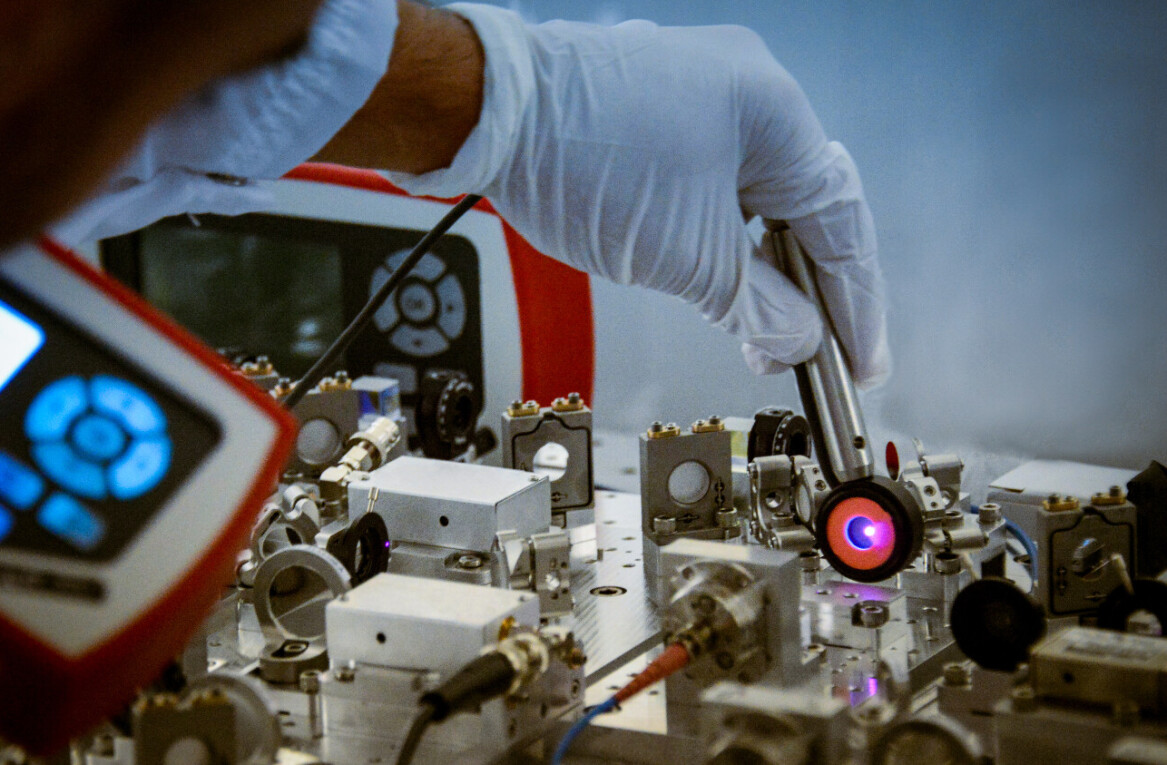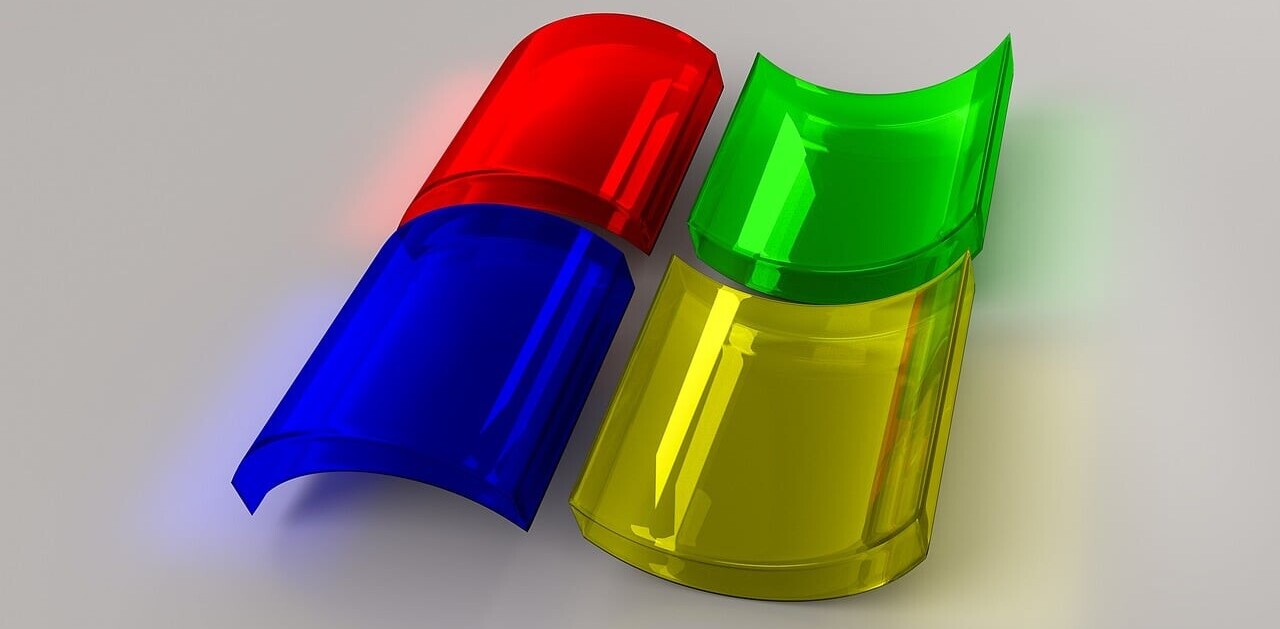
About eight or ten years ago, I was excited about smart fabric and connected textiles — especially about what the next generation could be once the materials evolved. Now, Microsoft’s got me excited again, and, well, skeptical.
This week, the tech giant published a filed patent, called “Smart fabric that recognizes objects and touch input.”
In other words, Microsoft is developing fabric that can recognize and identify objects nearby.
So what do you mean by smart fabric?
Smart fabric refers to textiles that embed technology such as sensors and conductive thread into the structure and function of the material.
In the case of Microsoft, the patent is for fabric in a jeans’ pocket. The fabric is embedded with layers of connected sensors that can recognize an object or gesture.
And, it’s more than just sewing in a few sensors. The patent also details the development of data processing circuitry. It can receive, process, and transmit data from the smart fabric.
Then, there’s a computing system containing a machine learning module. It receives and processes incoming data and builds prediction models. These can recognize an object placed next to the piece of smart fabric or a touch gesture applied to it.
The computer system can recognize objects commonly held in a pocket and their absence. For example, your pocket sends a reminder to your phone when it fails to detect coins for parking meters or your hand sanitizer.
As for gesture recognition, rubbing the phone against your pocket could quickly trigger a command on your phone via NFC. It could also have applications in gaming and various consumer products.
Not Microsoft’s first rodeo
Microsoft’s been interested in smart fabric and smart clothing since the mid-2010s, filing various patents, such as electronically functional yarn for smart shirts and gloves.
The current patent is most likely an extension of a 2020 project called Capacitivo, where a smart fabric tablecloth identifies foods, such as specific items of fruit placed on the table, or even liquid inside glasses. It’s a somewhat strange use case.
Why I’m not holding my breath
There’s no shortage of academically possible projects in smart textiles, including smart bandages that can monitor and treat wounds, shirts capable of lowering your body temperature, and fabric that can hear. But when it comes to consumer market, there are few examples of real-world applications.
The late 2010s saw an interest in smart textiles and wearable tech increase. Processing power got faster and cheaper, and device components got smaller.
Despite the hopes of early predictors of the time that tech-embedded clothing would become a useful, functional component of our wardrobe. But, tech has failed us.
Even Google’s Project Jacquard, a Levis denim jacket that used conductive yarn, sensors, and IoT tags to create touch and gesture-sensitive areas on the jacket sleeve failed to sell beyond its first offering.


What’s left is a handful of exercise clothing, gaming gloves, wearables for athletes, and creative one-off prototypes made for show catwalk couture that spend their life languishing in museums and galleries.
And a whole lot of academic papers and patents.
Microsoft has a strong ethos of inclusive design embedded in its hardware and software. It’s possible it may utilize the fabric in accessible product development. But whether it can gain market traction and consumer interest, at an attractive price point nonetheless, is anyone’s guess.
Get the TNW newsletter
Get the most important tech news in your inbox each week.




